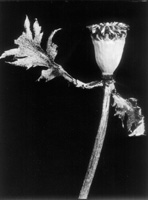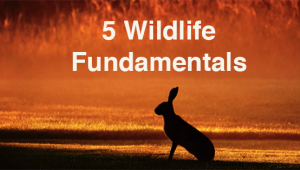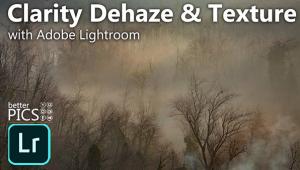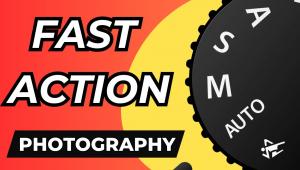The Microscopic World Of Sal Lopes
Images Of Worlds Often Hidden To Our Eyes
The objects in Sal Lopes' latest photographs reveal themselves in surprising ways. Objects that appear insignificant to the naked eye become multidimensional as they unfold in full splendor in the darkroom. In one macro photograph a tiny rock takes a new incarnation as a prehistoric face emerges. The flower from a sleeping maple tree leaf transforms itself from its microscopic structure to become a dramatic shape floating in a dark sea of infinity. Each image has a story to tell and Lopes translates it in the impeccable platinum processing that has earned him the reputation as this country's premier platinum printer. |
|||
The Illusion Of The
Real |
|||
Photogram Technique |
|||
Macro Work Printing Controls And
Intuition Platinum Printing Studio "In this new work I
don't want to do anything that is just a bigger version of itself,"
Lopes says. "I want the object to transpose itself into something
else, more interesting than its original self in a way we would never
see it in |




































